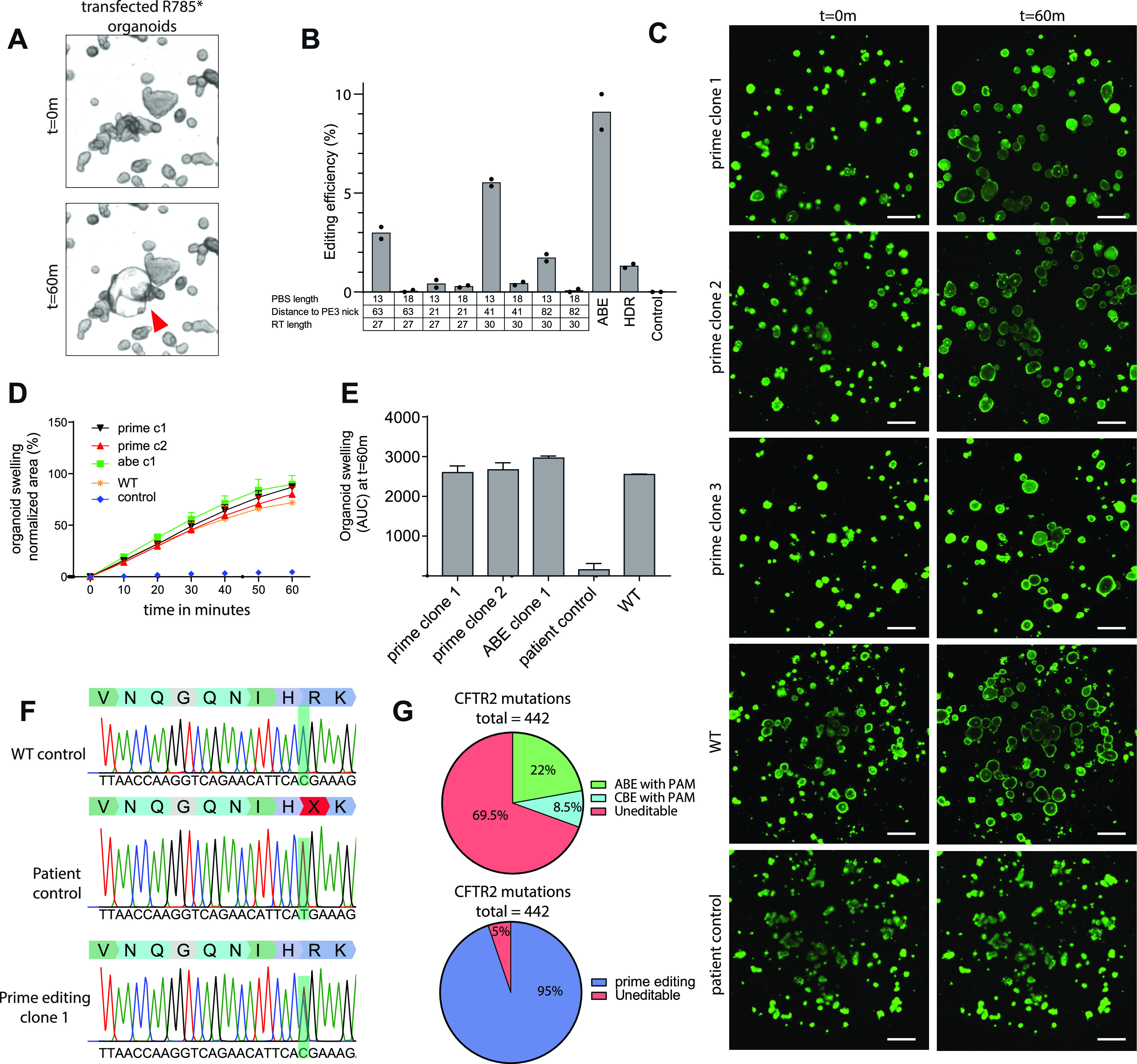Figure 4. Functional repair of the CFTR-R785* mutation in patient-derived intestinal organoids.

(A) Transfected CFTR-R785* organoids before (t = 0) and after (t = 60 m) addition of forskolin. Functionally repaired organoid indicated with red arrow. (B) Prime-editing efficiencies for the repair of the CFTR-R785* mutation as measured by Forskolin-induced swelling reactive organoids compared with adenine base editing, CRISPR/Cas9–mediated homology-dependent repair and a negative scrambled sgRNA control. (C) Confocal images of calcein green–stained patient-derived intestinal organoids before and after 60-min stimulation with forskolin (scale bars, 200 μm). (D) Per well the total organoid area (xy plane in μm2) increase relative to t = 0 (set to 100%) of forskolin treatment was quantified (n = 3). (E) Forskolin-induced swelling as the absolute area under the curve (t = 60 min; baseline, 100%), mean ± SD; n = 3, ∗P < 0.001, compared with the corrected organoid clones and the WT organoid sample. (F) Sanger sequencing traces of both alleles of a functionally selected CFTR-F508del organoid line compared with unrepaired control organoids. Blue box shows the prime editing induced insertion. (G) Pie chart showing mutations in CFTR that can be targeted by cytosine and adenine base editing compared with prime editing.
